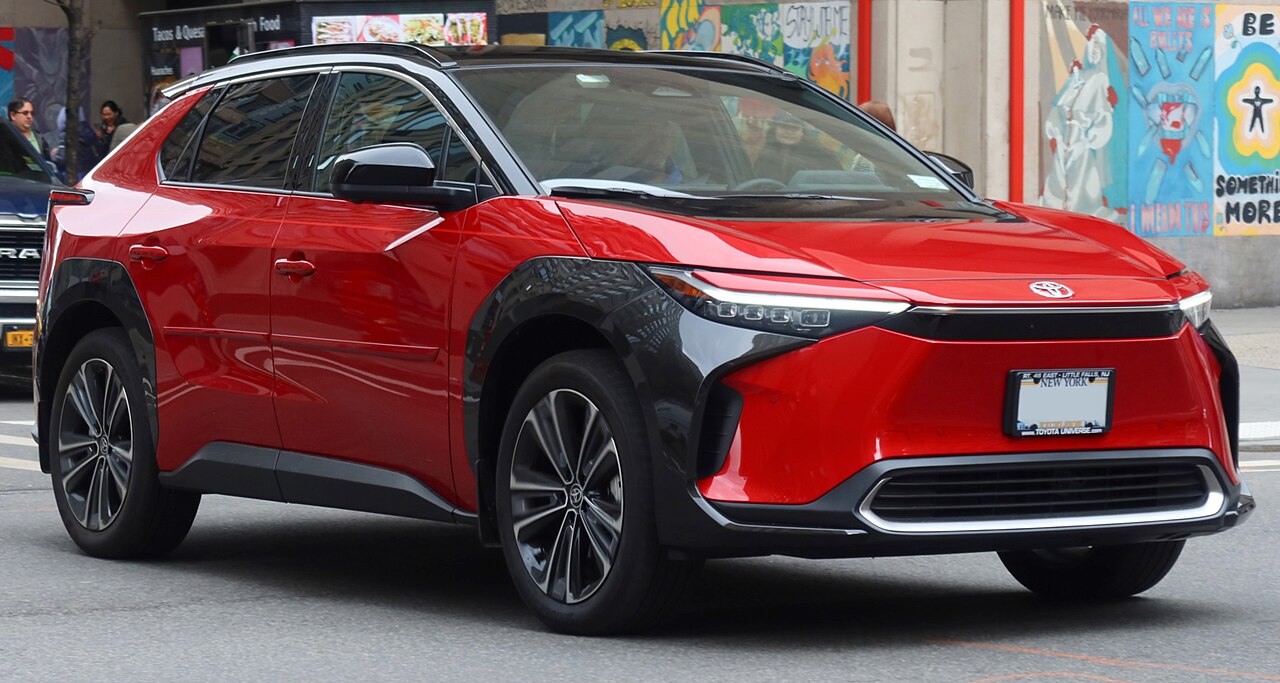 Toyota bZ4X. This is the U.S.-market AWD variant equipped with a CATL battery. Photo: Kevauto
Toyota bZ4X. This is the U.S.-market AWD variant equipped with a CATL battery. Photo: KevautoFirst, the numbers. These sales figures are for Europe, for the first half of 2023.
Toyota/Lexus total: 576,976 units
out of which:
• Toyota bZ4X: 9,642 units (plus 701 units of the Lexus RZ)
• Toyota-badged, Stellantis-made electric vans (incl. city vans): 6,252 units
Toyota likes to emphasize how many electrified vehicles it sells in Europe. Not electric, but electrified — a term which includes ordinary, non-plug-in hybrids. When it comes to true electric vehicles, Toyota is late to the party. The figures above show that all-electric vehicles made up about 3% of Toyota/Lexus’ sales in Europe.
This is better than before; yet still seriously below the market average (the average market share of all-electrics, for passenger vehicles only and for EU+EFTA+UK countries only, was 14%).
But the bZ4X might be a chance for Toyota to turn things around: that electric SUV is the Japanese company’s most serious attempt to make a mainstream electric vehicle so far.
Is this the new RAV4 EV?
Toyota hasn’t always lagged behind competitors when it comes to electric vehicles.
In fact, in the 1990s, Toyota was at the forefront, with its revolutionary all-electric version of the RAV4. The vehicle did not pack the same punch as the sporty GM EV1 — but it had a practical, boxy body and five seats.
It ran on NiMH batteries. An interesting “what if” question is what if Toyota weren’t sued by a ChevronTexaco subsidiary back in 2001, and blocked for years from using that technology in all-electric vehicles.
Much later, in the 2010s, a second generation of the RAV4 EV entered the market, although it was still made only in limited numbers. That vehicle used Li-ion batteries and was based on Tesla’s tech.
And now, Toyota is selling the bZ4X, an all-electric vehicle in the same size category as the RAV4 — even though the bZ4X sits on a much longer wheelbase (which could very well underpin a longer vehicle; Toyota took advantage of that, turning the bZ4X into the Lexus RZ).
So, how do European sales of these two models — the regular RAV4 and its electric counterpart with a weirder name — look in comparison?
• Toyota RAV4: 38,731 units (including 7,948 units of the PHEV variant)
• Toyota bZ4X: 9,642 units (plus 701 units of the Lexus RZ)
The RAV4 outsells the bZ4X in a 4:1 proportion.
That’s in a market where the RAV4 is not such a bestseller anyway. I guess that might surprise some of the American readers. The RAV4 is well known both in Europe and in the U.S., and is basically the same model on both sides of the Atlantic. It’s extremely popular in the U.S., but in Europe… sales aren’t bad, no, but it is currently not Toyota’s best-selling SUV/crossover there.
There are a few crossovers smaller than the RAV4 in Toyota’s European lineup. (Here’s where the differences between the U.S. market and the European market show up; in the U.S., it is the RAV4 that can be considered one of the smaller models, especially compared to the likes of the Toyota Sequoia or the Tundra.) And the most popular of those smaller models, the tiny Toyota Yaris Cross, outsells the RAV4 in Europe by a huge margin.
Anyway. One-fourth as many bZ4Xs sold as RAV4s. And in absolute numbers, about 10,000 bZ4Xs sold in half a year. Maybe it’s not actually a bad result for Toyota’s electric newcomer.
Especially considering its shortcomings. Toyota is apparently still tweaking the bZ4X; or at least ameliorating some of its most annoying features. Like its throttling of fast charging speed. After just two sessions of fast DC charging in a 24-hour period, the vehicle would decide to take it slow, reducing the charging speed to an unacceptably low level. Other modern EV basically never have such a limitation. Now, with a recent update, the vehicle tolerates 3.8 (not exactly four) fast charging sessions per day.
What’s ahead for Toyota? The new CEO, Koji Sato, seems to be more into EVs than his predecessors; maybe something good will come out of it.
___
Sources: [1][2]
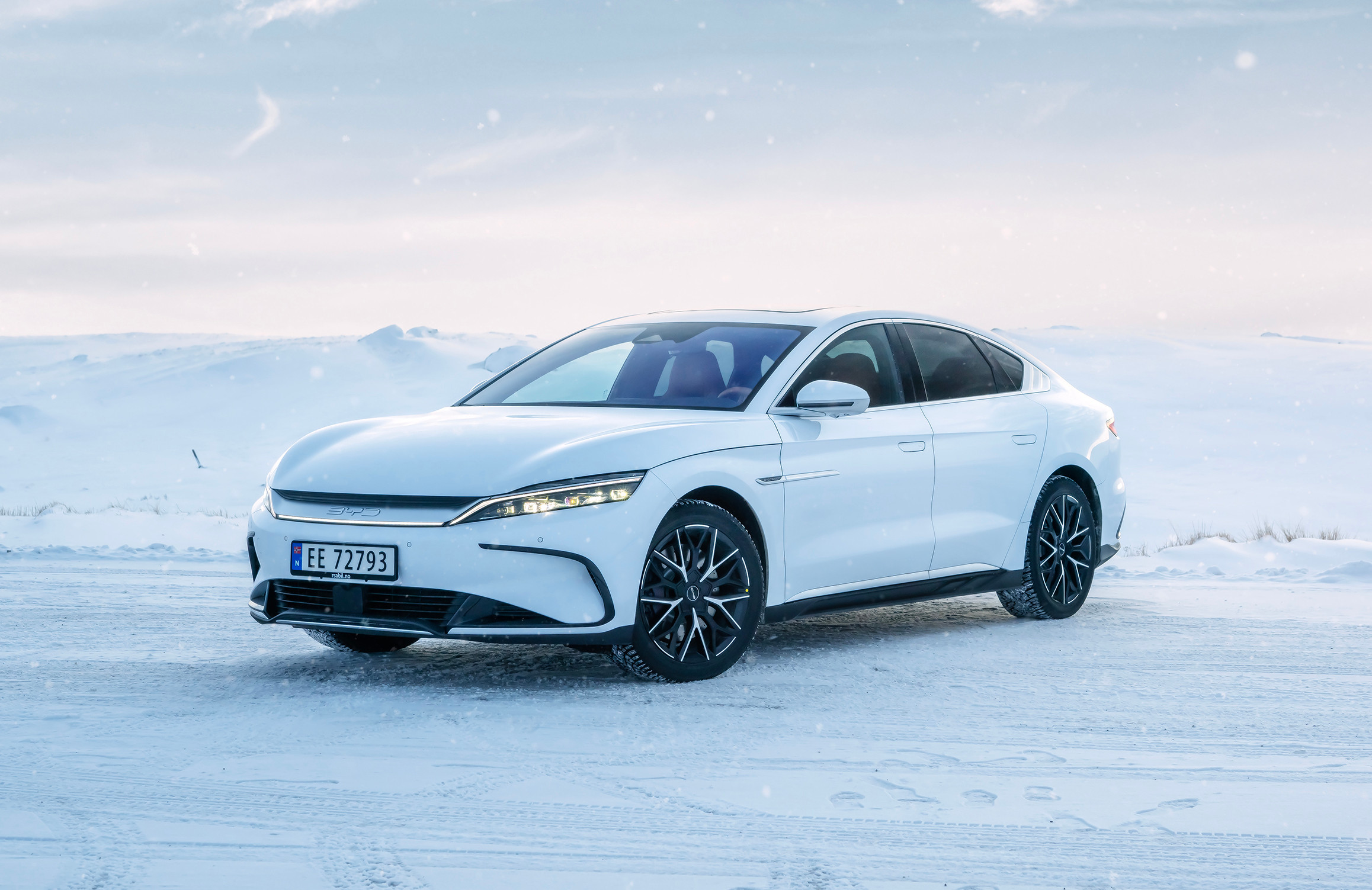 BYD Han. Photo: BYD
BYD Han. Photo: BYD Ford F-150 Lightning. Photo: Anastasia Shevchenko
Ford F-150 Lightning. Photo: Anastasia Shevchenko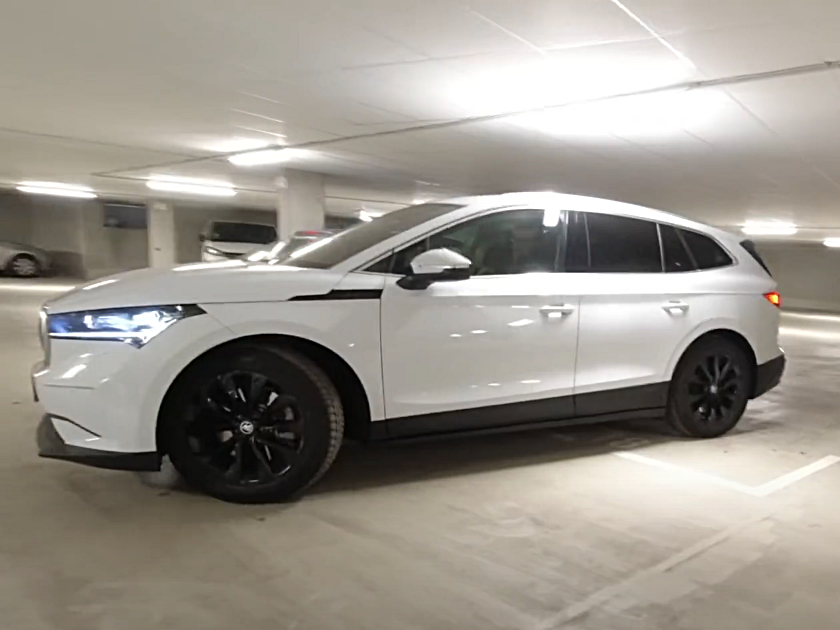 Skoda Enyaq. Photo not taken in the Netherlands. Photo:
Skoda Enyaq. Photo not taken in the Netherlands. Photo: 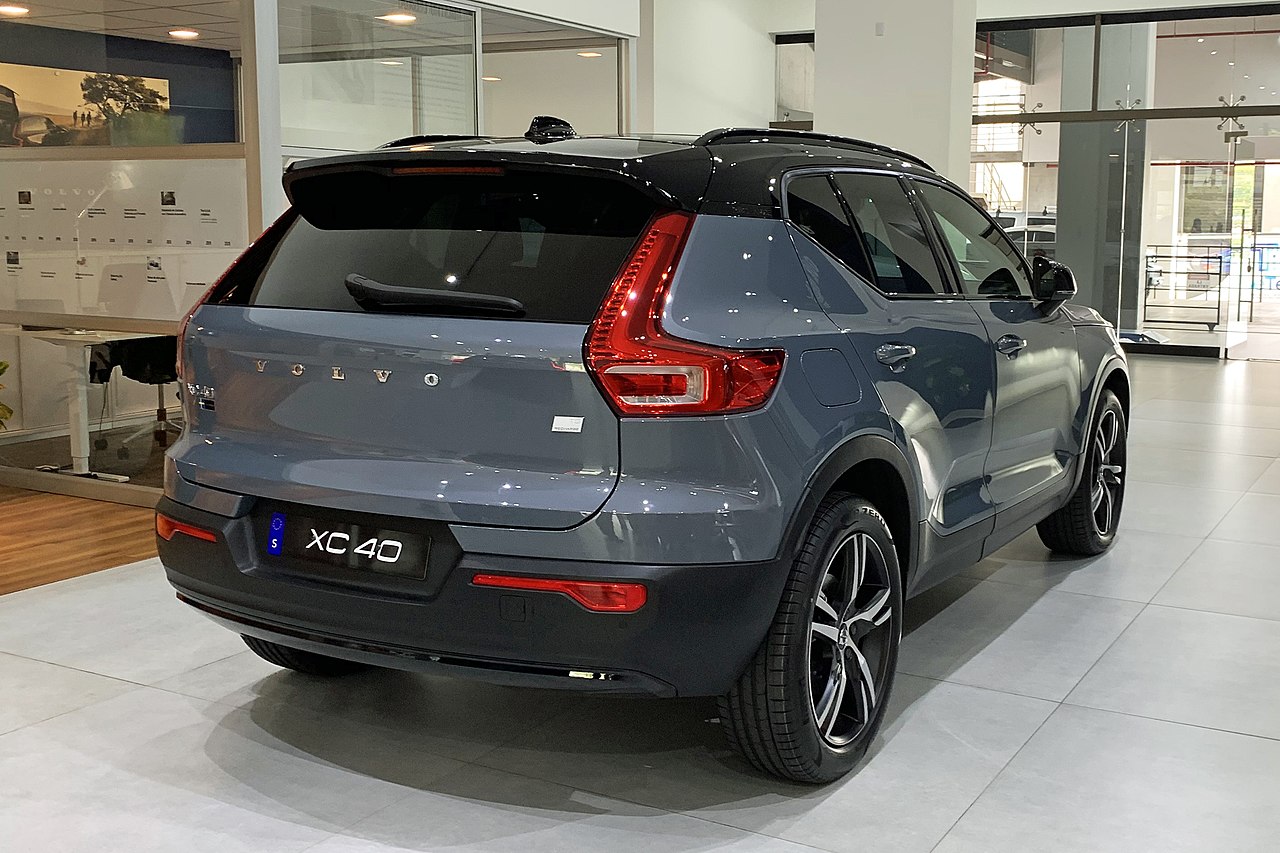 Volvo XC40. Photo not taken in Sweden. Photo:
Volvo XC40. Photo not taken in Sweden. Photo: 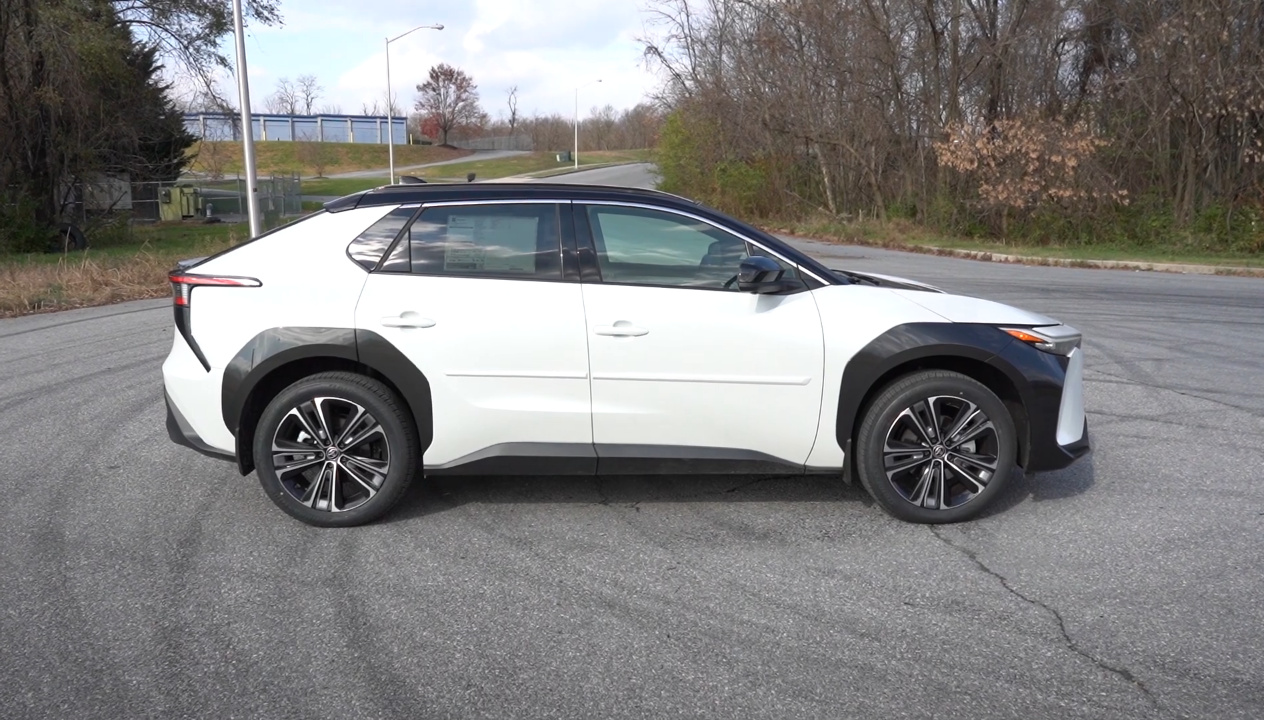 Toyota bZ4X. Photo taken in the United States. Photo:
Toyota bZ4X. Photo taken in the United States. Photo: 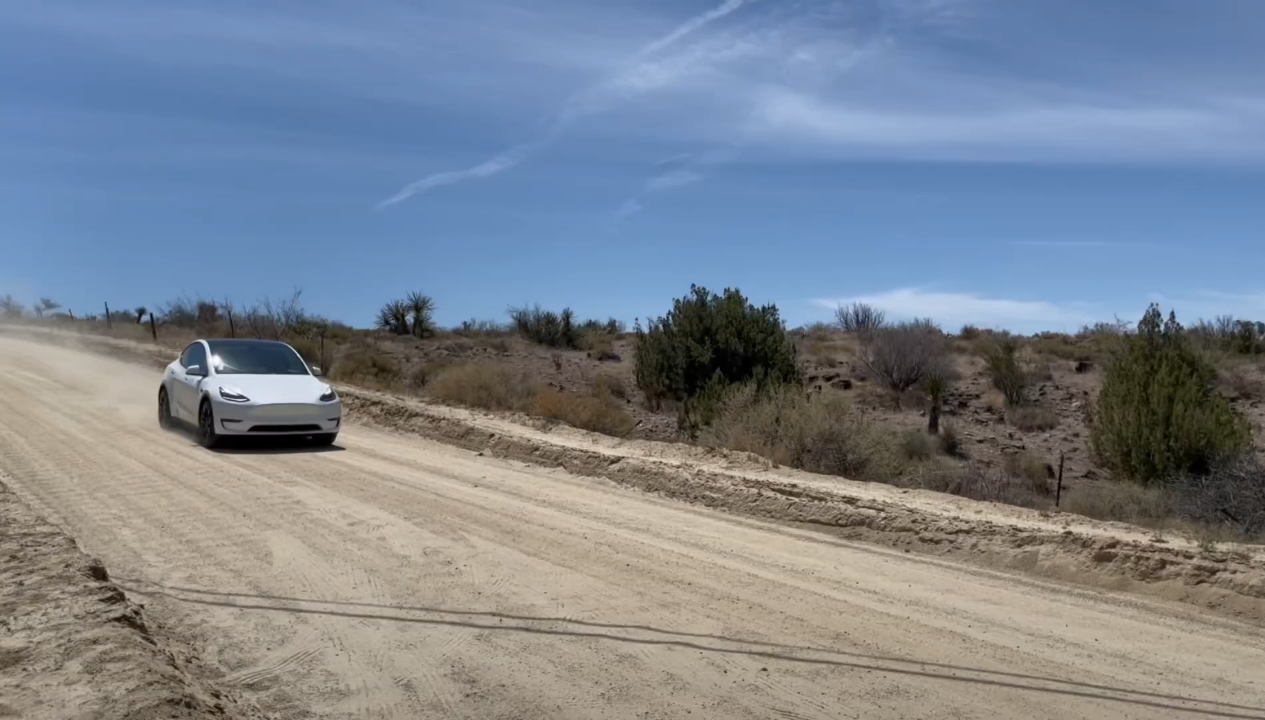 Tesla Model Y. Photo taken in California. Credit:
Tesla Model Y. Photo taken in California. Credit: 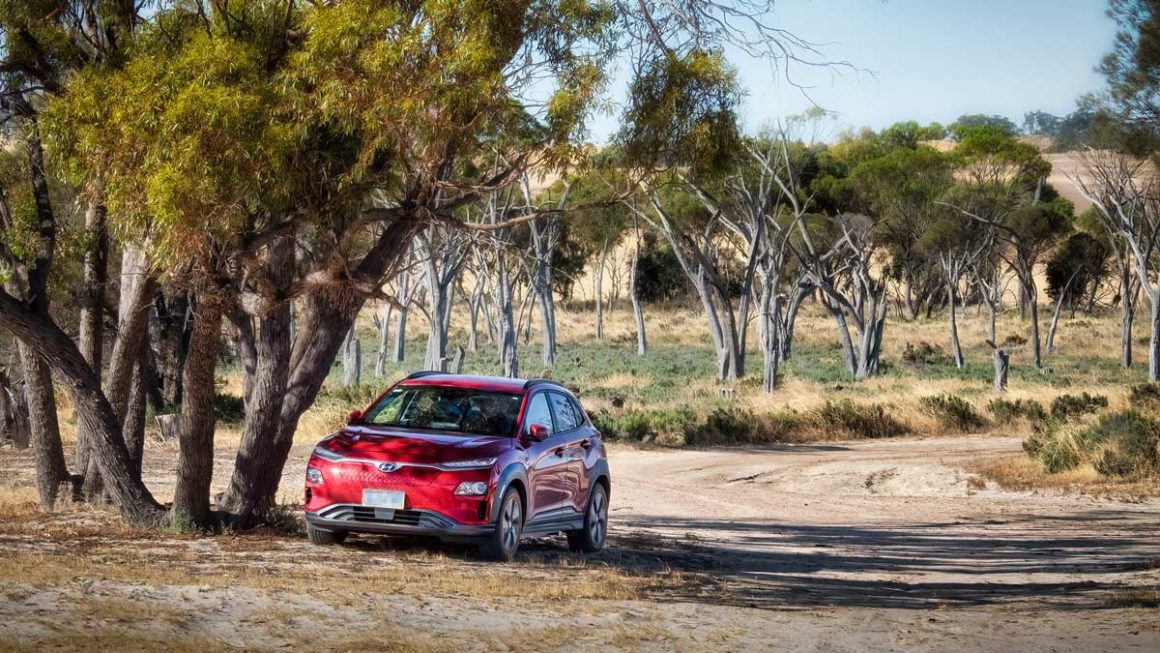 Photo:
Photo: 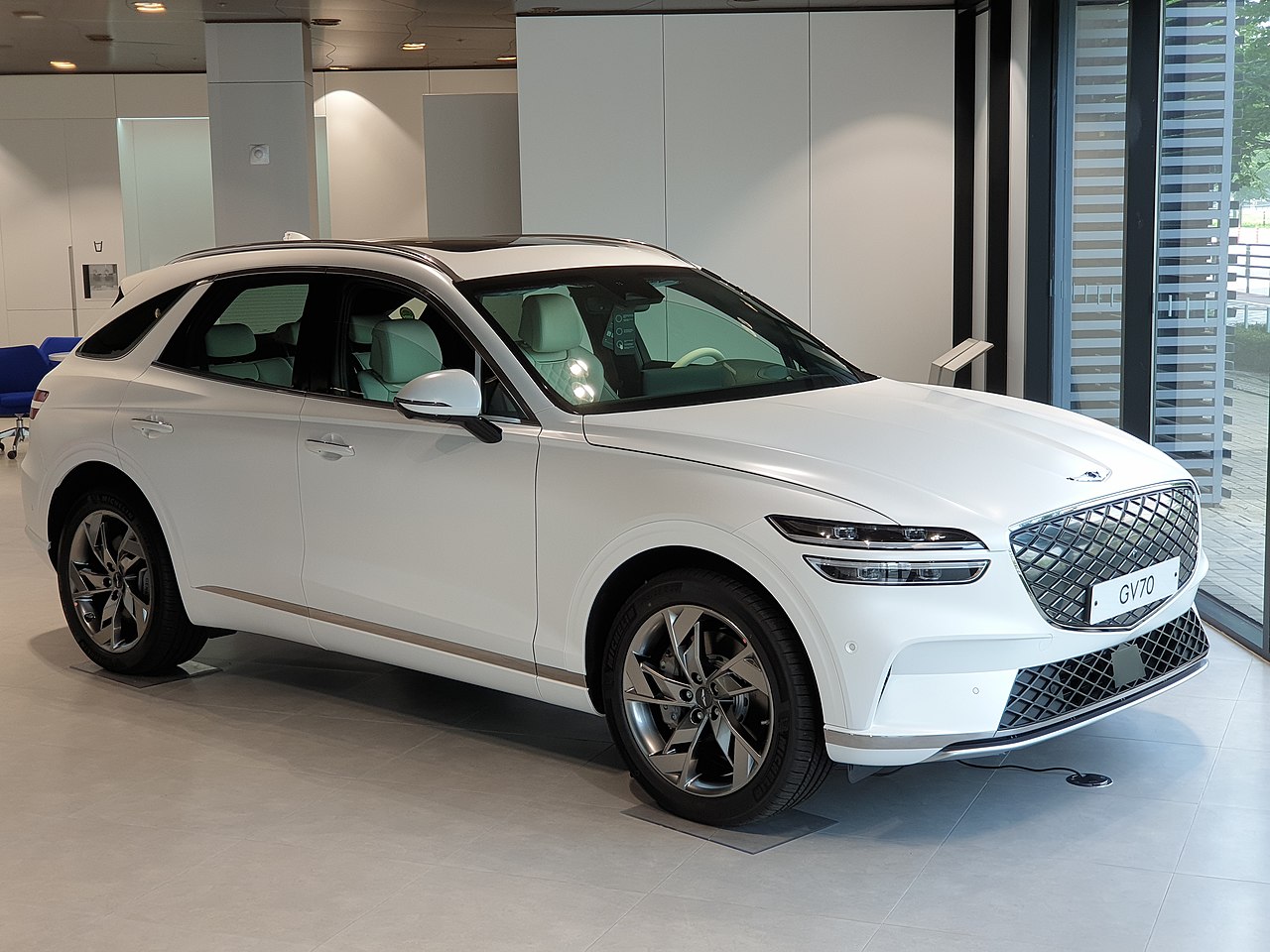 Genesis Electrified GV70. Photo:
Genesis Electrified GV70. Photo: 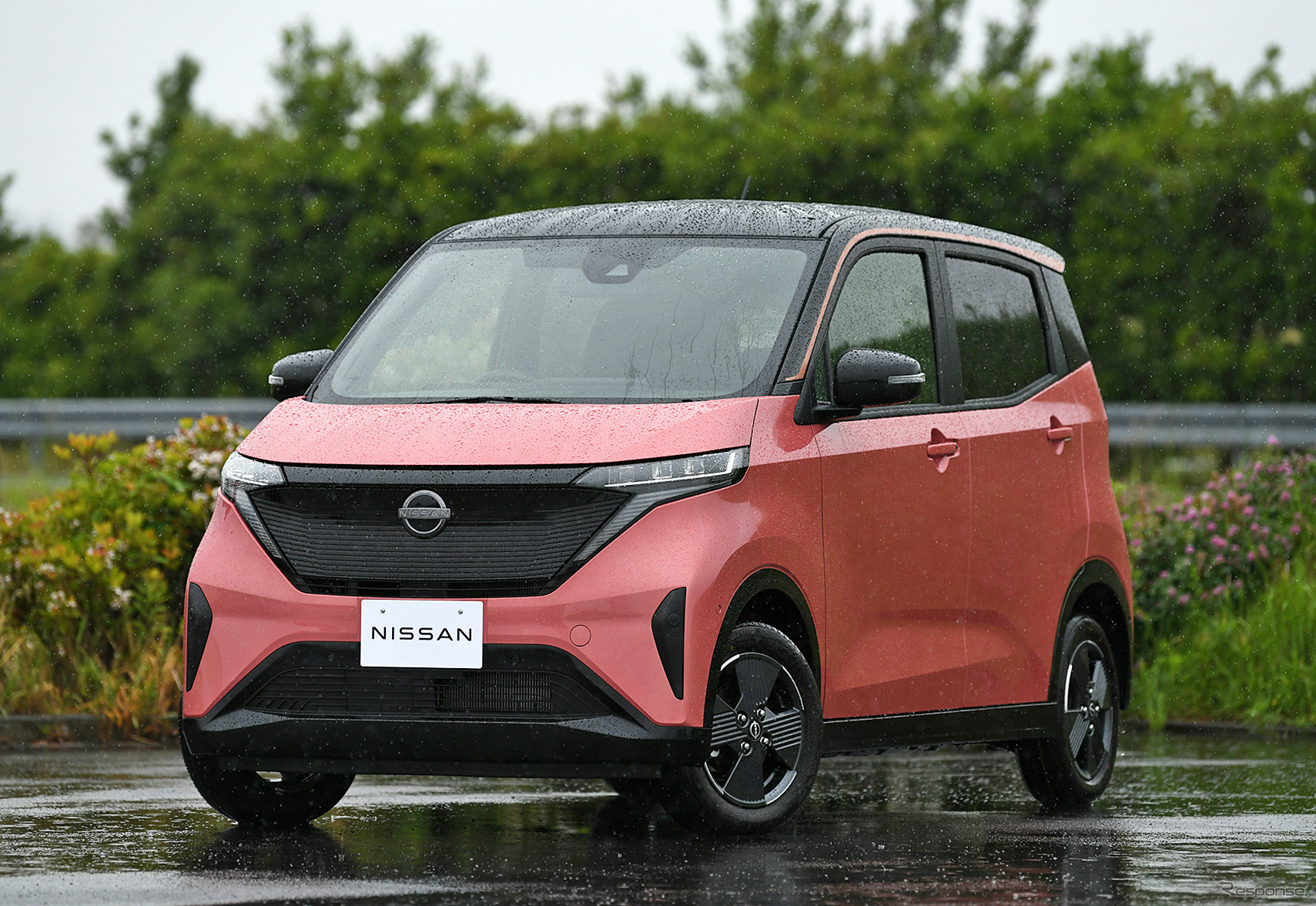 Photo:
Photo: 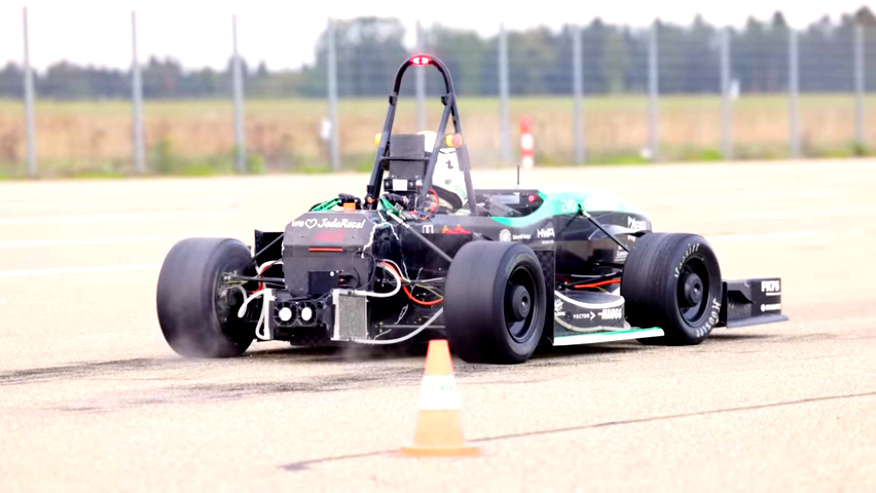 GreenTeam’s car. Photo:
GreenTeam’s car. Photo:  Frankfurt. Photo:
Frankfurt. Photo:  Frankfurt. Photo:
Frankfurt. Photo:  Stuttgart. Photo:
Stuttgart. Photo: 
 Tata Nexon EV. Photo:
Tata Nexon EV. Photo: